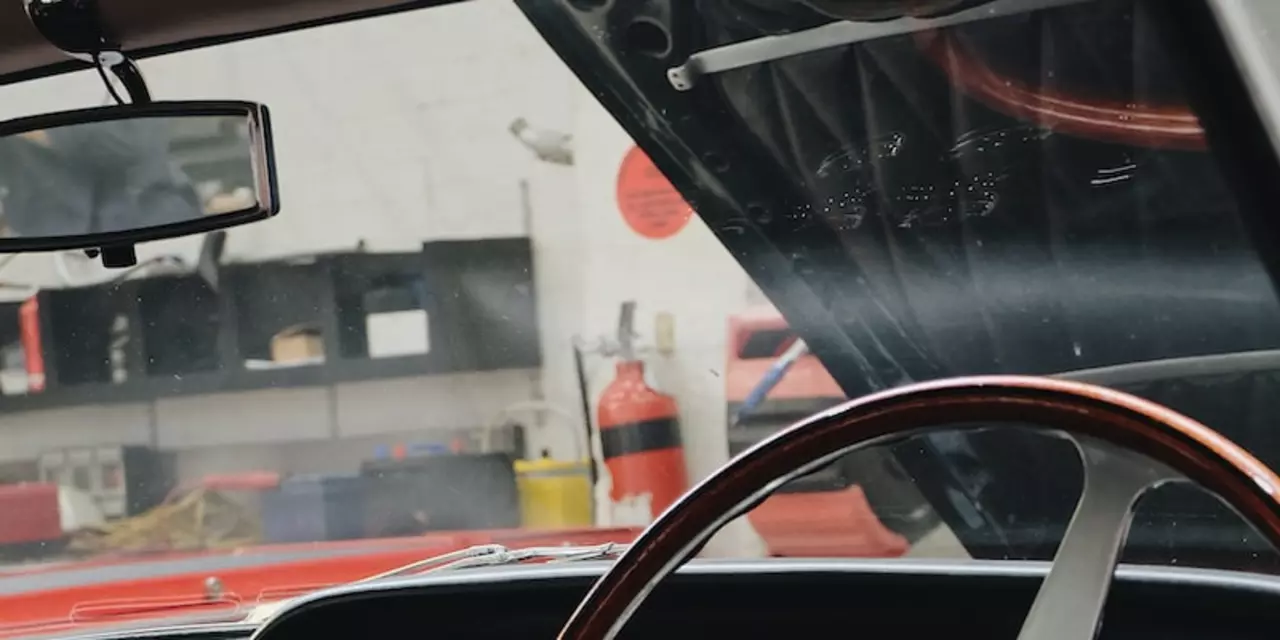Street Racing: The Real Deal Behind the Fast Lane
Ever wonder why street racing looks so cool on video? It's the raw speed, the shout‑out of engines, and the rush of beating someone on a public road. But the reality is a mix of fun, danger, and legal trouble. If you’re curious about the scene, this guide gives you the facts you need before you hit the pavement.
What Street Racing Is (and Isn't)
Street racing means two or more drivers race on public streets, usually at night, with little or no official oversight. It’s not a sanctioned event, so there are no safety crews, barriers, or timed laps. That lack of control makes every run a gamble. While some riders claim it’s a community hobby, the majority of incidents end in crashes, fines, or arrests.
Most participants join online forums or local crews to set up a meeting spot. They pick a stretch of road, decide on a start‑line, and often use apps to time the run. The thrill comes from the raw competition, not the polished atmosphere you’d find at a race track.
Staying Safe and Smart
First rule: don’t race on public roads. If you crave speed, look for legal alternatives like track days, autocross clubs, or drag strips. These venues give you the same adrenaline without the legal fallout. They also provide safety gear, trained staff, and a controlled environment.
If you still find yourself at a street‑racing meetup, keep these basics in mind:
- Vehicle prep: Check brakes, tires, and fluid levels before you go. A weak brake can turn a fast finish into a hard crash.
- Protect yourself: Wear a helmet, a proper racing suit, and sturdy shoes. Street‑racing gear isn’t just for looks; it can save your life.
- Know the route: Familiarize yourself with the stretch, especially any curves, hidden potholes, or cross‑traffic zones.
- Limit spectators: Extra people on the roadside increase risk for everyone. Keep the crowd size small and away from the racing line.
- Stay sober: Alcohol or drugs blunt reaction time and make every mistake count.
Even with precautions, the odds of a serious incident are high because public streets weren’t built for high‑speed competition. One miscalculation can affect innocent drivers, pedestrians, or property.
Legal consequences are steep. In the UK, convictions can lead to hefty fines, loss of license, and even imprisonment. Insurance companies often refuse coverage after a conviction, leaving you to pay for damages out of pocket.
So, why do people still race? The answer is simple: the rush of competing against another driver on an equal footing. That feeling can be replicated in a safer setting. Many former street racers have switched to club events, discovering that structured races offer better community vibes and real skill development.
If you’re new to the scene, use the internet wisely. Look for clubs that host “track nights” for street‑car owners. Those events let you test your car’s limits while learning from experienced drivers. You’ll also meet people who share the same passion but respect the law.
Bottom line: street racing is a high‑risk hobby that can quickly turn into a legal nightmare. Channel the excitement into legal venues, gear up properly, and always think about the people who share the road. That’s the smartest way to keep the adrenaline flowing without paying a steep price.
